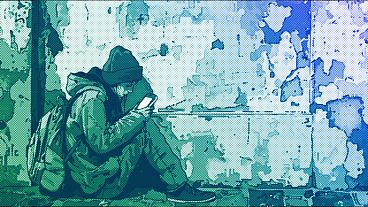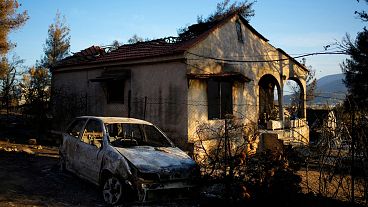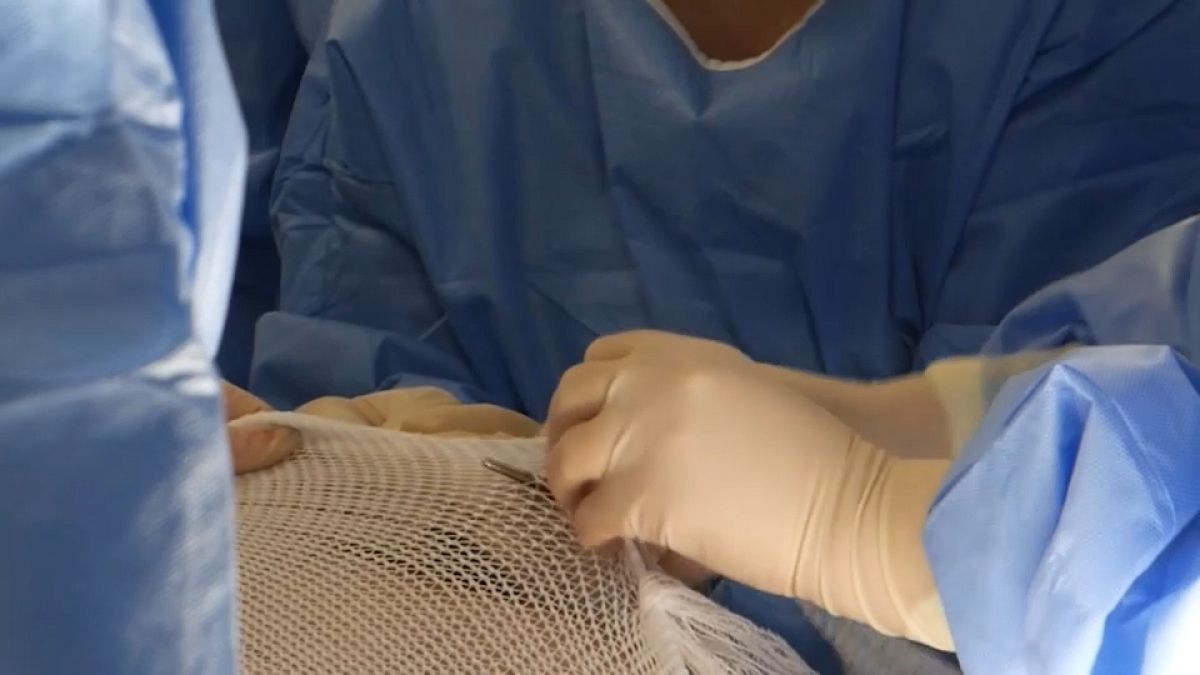The Virgen del Rocío Hospital in Seville is the first in Spain to use artificial human skin for rapid and effective wound healing in severe burns.
Fran Fernández's life changed completely on a summer day seven years ago in Algeciras, southern Spain. On 5 August 2017, he was hit by an explosion that burned 75% of his skin. When he arrived at the hospital, Fran was given no more than 48 hours to live, but today he has recovered thanks to more than a dozen operations and several grafts of both his own and artificial skin.
The Spanish Medicines Agency has approved using artificial human skin, or cultured skin, for therapy at Virgen del Rocío Hospital in Seville in June. It is the first facility in Spain to apply the advanced therapy dubbed "human skin obtained by tissue engineering" in its Major Burn Unit.
An innovative treatment
David Rodríguez, a surgeon at the hospital involved in administering the skin grafts, believes that the Spanish Medicines Agency's authorisation will accelerate the therapy process, minimising the risk of infections in areas lacking skin.
There are also other benefits.
The artificial skin is tailored to each patient’s specific needs, enhancing compatibility and integration. This advancement also decreases the need for additional grafts and shortens recovery time, improving patients' quality of life.
The artificial skin is produced at Virgen de las Nieves University Hospital's Cell Production and Tissue Engineering Unit, following years of research led by Professor Antonio Campos at the University of Granada's Tissue Engineering Group.
To date, the hospital has produced more than 12 square metres of sheets of artificial human skin from the samples sent by the Virgen del Rocío Hospital for the 18 treated patients, successfully implanted in the Burns Unit of Seville.
The ideal patients for this treatment are those without active infections, typically with 60% to 90% of their body surface burned in adults, or over 30% in pediatric cases.












